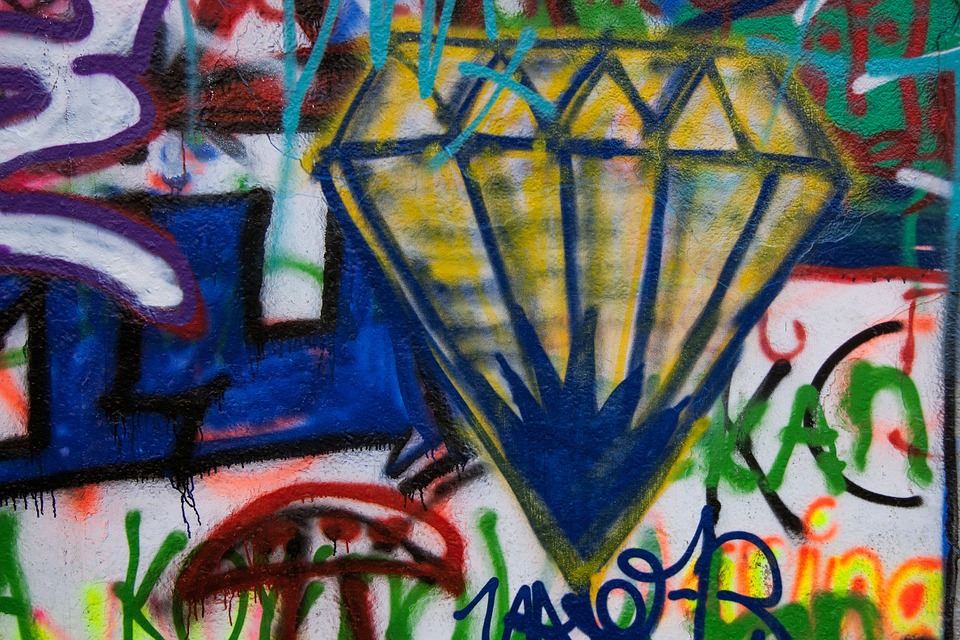Diamond painting is something to be enjoyed by young and old alike.
It’s a great pastime that can be taken up as a hobby by almost anybody. It is a great way to relax after a long day at work and can occupy you for hours at a time.
Diamond painting styles range from simple to elaborate. Let’s take a look at what diamond painting is and why you need to try it.
What is Diamond Painting?

Diamond painting is similar to other painting approaches including paint-by-numbers and mosaics. This is because diamond painting involves the use of tiny ‘diamond-like’ beads or facets to create colorful patterns and sparkly designs.
Applying the diamonds themselves onto your canvas is an easy three-step process that we’ll talk about below. This is the kind of hobby you want to take up if you love paying attention to detail and can concentrate on a single task for an extended period of time without going stir crazy.
The best thing about diamond painting is that crafters of all different skill levels can enjoy it. Let’s discuss the steps to follow to do your very own.
While each diamond kit itself is different due to its unique design, all the tools in the kit will be the same. Here are the steps to follow to begin diamond painting:
- Dip the tip of your applicator tool into the wax. This wax enables you to pick up your diamonds easily.
- Look at your numbers chart and figure out which diamond to use. Apply the end of the applicator tool to the rounded side of the diamond.
- Pull back the protective plastic film to reveal the area of the painting you are working on a carefully apply the diamond;
- Repeat steps 1-3 until your picture is finished.
- Once you’ve applied the last diamond, bring the protective plastic film back over the entire painting and roll over it with a rolling pin. This will secure the diamonds.
Why People Love It :
So, what’s so great about diamond painting, then?
- Therapy: diamond painting is cathartic and a great way to introduce someone to therapy. Often, it’s not easy opening up and getting the help you need. It is a therapeutic way to make you feel safe and ready to talk to someone.
- Relax: we’ve already briefly mentioned this one, but it couldn’t hurt to say again, right? Diamond painting is incredibly relaxing, which is why it’s a great craft to take on after a long, busy, stressful day.
- Creative: diamond painting is an excellent way to bring out your creative side and see what you can do with it. There’s really no limit to how creative you can get with it.
- Shiny: the finished product of a diamond painting does the name justice – it’s incredibly sparkly and shiny. It will look great in a frame on your wall, and each time you see it, you can be reminded of all your hard work and creativity.
Hacks :
While the diamond painting isn’t rocket science, there are some handy tips and tricks to help you along the way:
- Plastic Layer: your diamond painting will come with a protective plastic layer. Instead of peeling the whole thing back at the beginning, try only peeling back the part you’re working on. This way the rest of the surface will stay sticky.
- Start at the Bottom: we’ve found that it’s easiest to start at the bottom and work your way up from there.
- Position the Diamonds: for easy application, we recommend positioning the diamonds with the flat surface facing down if you’re going to put them in an accessible bowl. This is because the rounded side needs to be exposed to the applicator tool.
Trying It Out :
There’s no end to the kind of fun you can have when doing a diamond painting.
Next time you’re stressed and in need of a creative outlet, why not try doing a diamond painting? It’s guaranteed to make for a cathartic, satisfying craft hobby.
Read Also :























